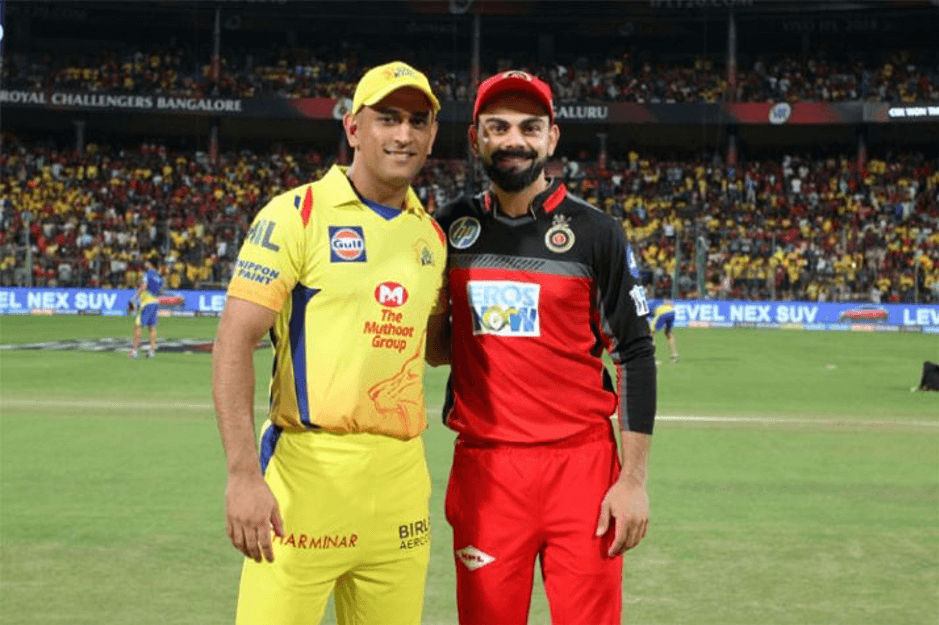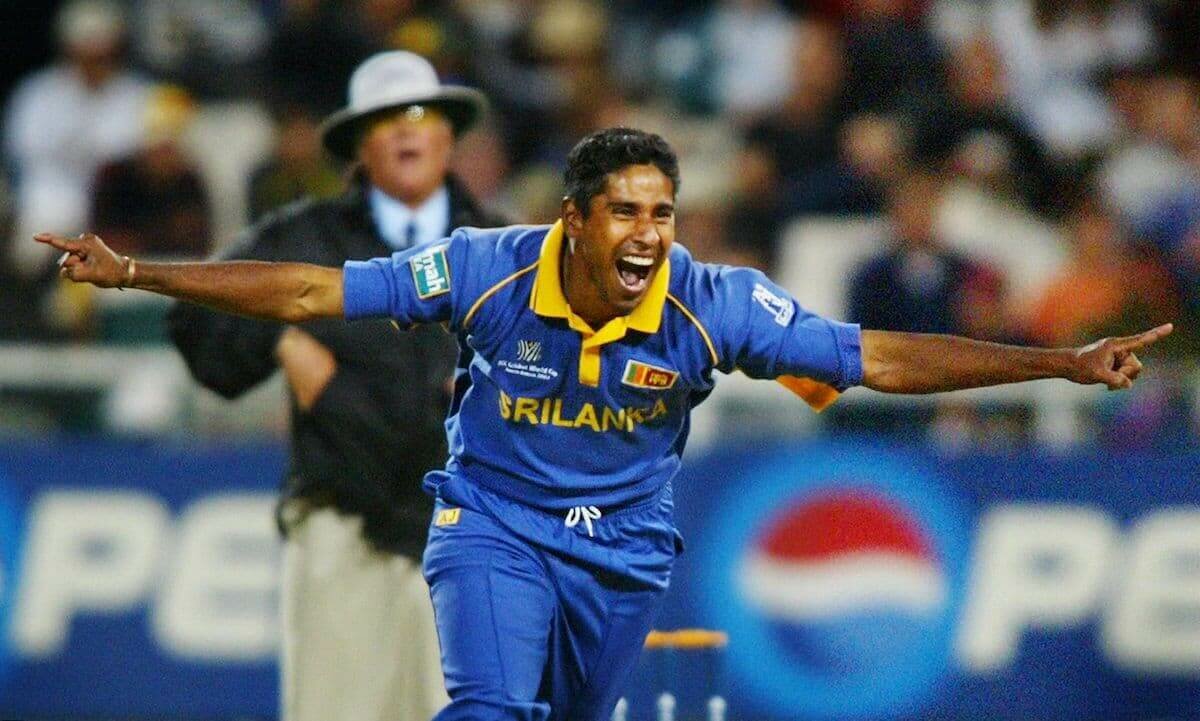Mike Hendrick: The Forgotten Treasure Of England’s Golden Era

If not for his bowling prowess, many cricket fans might remember Michael Hendrick as the bowler who was on the receiving end of Sir Vivian Richards’ iconic, impromptu six off the last ball in the 1979 World Cup final. Later on, reminiscing about the moment, Viv Richards said, “That shot is my invention.” What very few people might recall is the fact that Hendrick nearly got the better of the Caribbean batsman on the very first ball that he delivered. Mike Hendrick was remarkably confident about his lbw appeal, and so were his teammates. Even Richards’ expressions revealed the same, but the umpire had something else in mind.
“And as I walked back to my mark, the lads on the balcony have seen a replay and they’re all giving me the thumbs up. So, he should have been out first ball.”

You give a genius like Sir Viv Richards a sniff and there’s only going to be one result
The name Mike Hendrick was a regular presence in English cricket, playing a major part in some of the most significant and historically relevant cricketing actions spanned across the decade of the 70s. Yet his tales find its presence mostly on the periphery of our collective consciousness. Born on October 22, 1948, at Darley Dale in Derbyshire, his first exposure to cricket came at the age of ten when his dad, a fast-bowler himself, took him to the nets. At 15, his family moved to Leicester, and there he joined county cricket club, Leicestershire. After a two-year uneventful stint with Leicestershire where he mainly appeared for the club’s second eleven, Hendrick made a move to Derbyshire in 1969, at the age of 21. It was at Derbyshire where a slow but gradual transition of Mike Hendrick from an amateur to a professional, county cricket-worthy bowler occurred.
He made his debut against Oxford University and played one more match in his first season at the club. The subsequent season was going to be an important one for Hendrick, and he knew he has to perform at the highest level to cement his position in Derbyshire’s highly competitive bowling unit. However, a terrible shin injury played spoilsport. He was not able to play more than five matches in the entirety of 1970 season.
It was the summer of 1972 when a fixture against local rivals Nottinghamshire marked the beginning of a purple patch for Hendrick, who took his first-ever five-for and finished the match with seven wickets to his name. A few days later, he singlehandedly decimated Northamptonshire’s batting unit after bowling more than 22 overs unchanged in the first innings and picked eight wickets in due course. With an astounding average of 23, he concluded the season with 58 wickets to his name. Hendrick never lost the momentum that he gained after a terrific outing in 1972 and went on to better his own record with 66 wickets in 21 matches he played in 1973.
On the back of two spectacular seasons, Hendrick made a name for himself as one of the most consistent fast bowlers in the domestic cricket. In those two years, he rose from obscurity to prominence and, soon made his Test debut for England in 1974 against India. He certainly impressed in a three-match series, taking 14 wickets at an average of 15.35, and getting rewarded with a place in the English squad for the Ashes tour happening later that year. Like the rest of the English squad, succumbing to the Aussies by simply losing his marbles, Hendrick’s case was no different. He was dropped after two matches and also for the return Ashes.
Thereafter, nothing substantial happened for Hendrick in the international arena until the 1977 Ashes. Initially overlooked by the English selectors, he was recalled for the third Test after putting up a series of inspiring performances for Derbyshire. Despite playing two fewer matches, he was the second-highest wicket-taker for England in the series. Wisden magazine bestowed Hendrick with the ‘Cricketer of the Year’ title for his exploits in the domestic as well as international cricket.
In 1978-79 when England toured Australia, Hendrick once again rose to the occasion, playing a crucial role in retaining the Ashes, and finished the series with 19 wickets.
In terms of ability and artistry with the ball, Mike Hendrick was up there with Bob Willis, Chris Old or even the extraordinary Ian Botham, or anyone from that era pretty much. But what he really lacked was the aggression required to call the shots and grab the opportunity of becoming the side’s frontline bowler with two hands.
Despite being one of the tallest bowlers, nothing about Mike Hendrick suggested that he can intimidate the batsman. He looked exhausted and downright disinterested, even before the beginning of his first spell. Categorizing English bowlers into those that were the “aggressive ones” and “the gloomy exhausted ones”, journalist Marcus Berkmann once wrote, “Hendrick was as gloomy and exhausted as a bowler can get without passing out.”
However, beneath the carapace of his weary, worn-out and subtle appearance, there is a sense of defiance, dexterity and an indefatigable spirit that always made him the captain’s go-to bowler in tough situations. He was a workhorse who would ball copious number of overs, with impeccable accuracy, and would make batsmen pay if they ever slipped up. Hendrick’s economy rate of 2.17 in test cricket makes him one of the most economical bowlers of his time.
His body language rarely depicted the grueling reality of the heat of the battle in Test cricket where the format indeed was the ultimate test. Standing at 6’3″, his towering stature devoured the trials and tribulations of the game with little turbulence. In the group stage of the 1979 World Cup clash against Pakistan, when England was on the brink of a sure-shot downfall, it was his introduction with the ball that made all the difference. With the scoreboard reading 27-0 at one point in a run-chase of 165, the triumph for the visitors looked almost certain, until Hendrick started his first spell. In the blink of an eye, Pakistan were three wickets down at 28. Mike Hendrick took all of them as Majid Khan, Sadiq Mohammad and Mudassar Nazar walked back to the pavilion. Hendrick finished the match with terrific figures of 12 (overs bowled, 6 maidens, 15 runs and 4 wickets. His impact on the game was so devastating that a certain victory was snatched away from the Pakistanis and the English lived to fight another day, from the jaws of defeat. With 10 wickets in 5 matches, Hendrick emerged as the tournament’s highest wicket-taker.

That 4/15 game
Hendrick’s international career came to an abrupt end after he decided to take part in the South African Rebel tour of 1981-82. However, there were no restrictions on him playing domestic cricket. When Nottinghamshire signed him in 1982, he stayed there for another three seasons before finally bidding adieu to cricket in 1985. After retirement, he had a successful career working in coaching roles for various teams including notable ones like Ireland, Zimbabwe, Derbyshire and Nottinghamshire.
For cricket fans of that era, his story will be one that’s been witnessed and known, but for the younger generation, who are predominantly reliant on YouTube compilations to get a glimpse into the history of the game, the story of Mike Hendrick slips under the radar.
Read More
“I DIDN’T GROW UP WANTING TO BE ANYONE, I HAD TO BE MYSELF”- THE MAYANTI LANGER INTERVIEW
STUDYING THE IPL REVOLUTION THAT CHANGED CRICKET FOREVER
TAPAN UNADKAT \
FEATURES
CHAMINDA VAAS: SWIMMING AGAINST THE CURRENT
KUSHAGR DIXIT \
THROWBACKS



